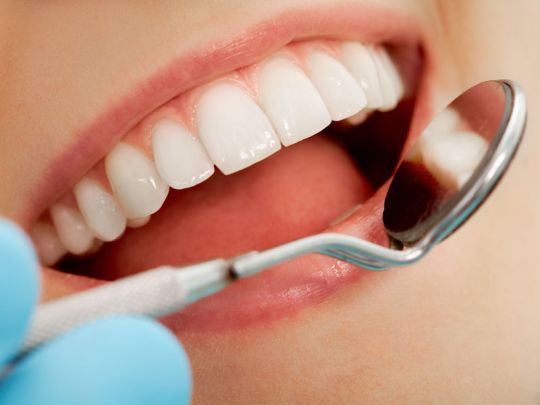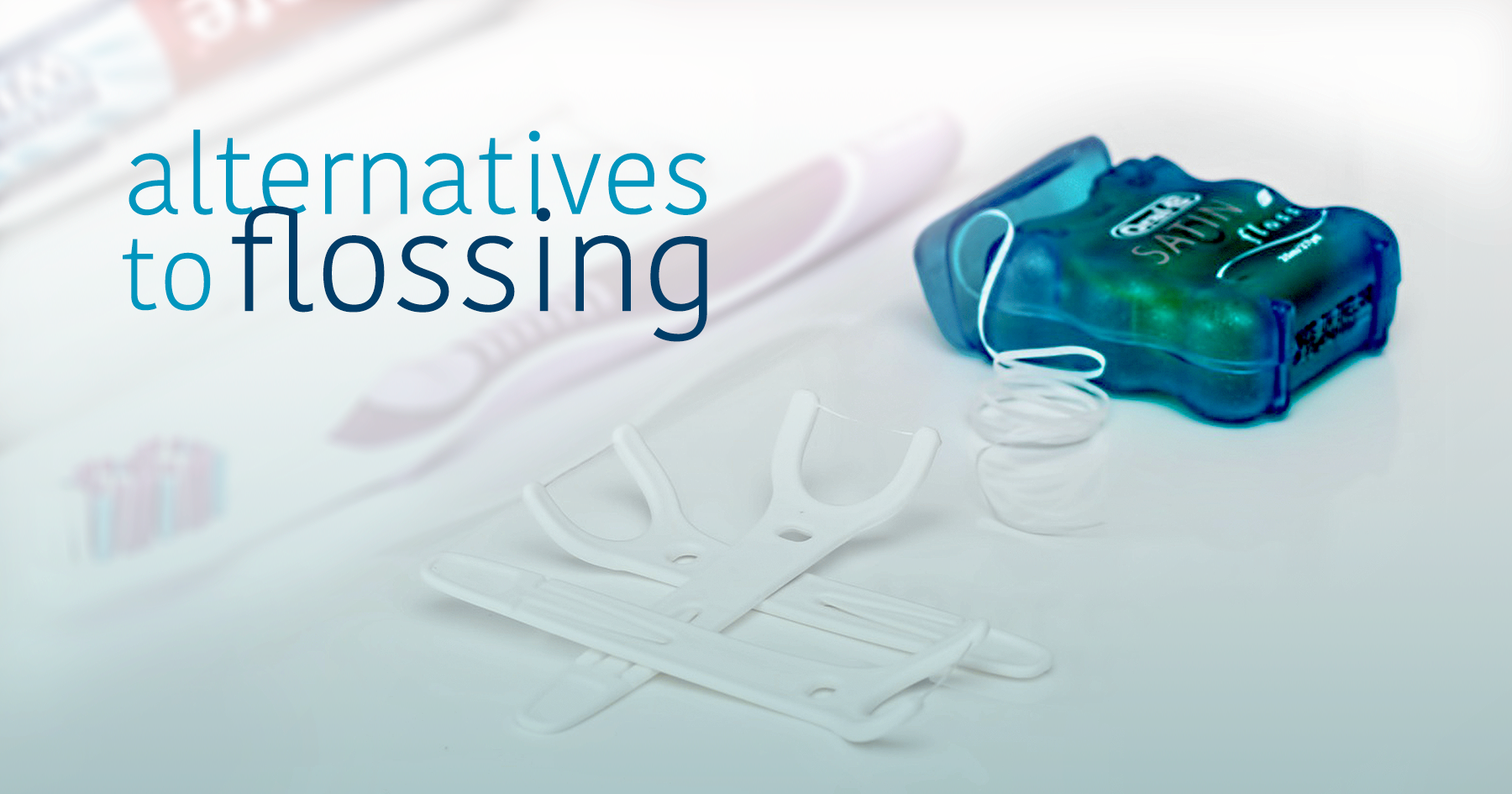12+ Ways Flossing Daily Reduces Bleeding

Flossing, a simple yet often overlooked aspect of oral hygiene, plays a crucial role in maintaining the health of your gums and teeth. One of the most significant benefits of incorporating flossing into your daily routine is the reduction of bleeding gums, a common symptom of gum disease. Gum disease, or periodontal disease, is an infection of the gums that can lead to inflammation, pain, and if left untreated, the loss of teeth. The good news is that bleeding gums are often reversible with proper care, and flossing is at the forefront of this preventive measure. Here are 12+ ways flossing daily can help reduce bleeding:
Removal of Plaque: Flossing helps in the removal of plaque, a sticky film of bacteria, from between your teeth and under your gumline, where a toothbrush cannot reach. Plaque is a primary cause of gum inflammation and bleeding. By removing it daily, you prevent the buildup that leads to these issues.
Prevention of Gingivitis: Gingivitis is the earliest stage of gum disease, characterized by red, swollen, and bleeding gums. Flossing daily is a key preventive measure against gingivitis. By keeping the areas between your teeth and gums clean, you reduce the risk of developing this condition.
Reduction of Inflammation: Daily flossing reduces inflammation of the gums. Inflammation is the body’s response to the plaque and bacteria that accumulate around the teeth. By minimizing this accumulation through flossing, you also minimize the inflammatory response, which in turn reduces bleeding.
Improvement of Gum Health: Healthy gums are tightly attached to the teeth and do not bleed easily. Flossing helps in improving gum health by ensuring that the spaces between the teeth and the gumline remain free from debris and plaque, fostering an environment where gums can heal and become stronger.
Enhanced Oral Hygiene Routine: Incorporating flossing into your daily oral hygiene routine enhances its overall effectiveness. When combined with brushing and regular dental check-ups, flossing ensures a comprehensive approach to oral health, significantly reducing the risk of bleeding gums.
Early Detection of Issues: Daily flossing can help in the early detection of oral health issues. If you notice that your gums bleed more than usual while flossing, it could be an early sign of gum disease. Identifying and addressing such issues early on can prevent more severe problems from developing.
Promotion of Healthy Gum Tissue Regrowth: Regular flossing can promote the regrowth of healthy gum tissue. When gums are constantly inflamed due to poor oral hygiene, they can recede, leading to exposed roots and increased sensitivity. Flossing daily helps in creating an environment conducive to the healing and regeneration of gum tissue.
Reduction of Pocket Depth: In gum disease, the gums pull away from the teeth, creating pockets that can trap bacteria. Flossing helps in reducing the depth of these pockets by removing bacteria and plaque, thus reducing the space for harmful bacteria to accumulate and cause further inflammation and bleeding.
Minimization of Risk Factors for Systemic Diseases: There is growing evidence suggesting a link between gum disease and various systemic diseases, including heart disease and diabetes. By controlling gum disease through daily flossing, you may also minimize your risk for these conditions.
Improvement in Overall Health: Oral health is increasingly recognized as a critical aspect of overall health. By maintaining good oral hygiene practices, including daily flossing, individuals can contribute to their overall well-being, potentially reducing the risk of various health issues.
Boosts Confidence: Reducing bleeding gums through daily flossing can significantly boost an individual’s confidence. When you know your mouth is healthy, you’re more likely to smile, speak, and engage without the worry of bad breath or the appearance of bleeding gums.
Cost-Effective Preventive Measure: Flossing is a cost-effective way to prevent gum disease and its associated costs. Regular dental care, including check-ups and cleanings, can be expensive. By preventing issues through flossing, you avoid more costly treatments down the line.
In addition to these benefits, it’s worth noting that the technique and frequency of flossing are crucial. Proper flossing technique involves curving the floss around the edge of each tooth in a “C” shape, sliding it up and down against the tooth, and using a new section of floss for each tooth. This ensures that all areas are cleaned without transferring bacteria from one part of the mouth to another.
To maximize the benefits of flossing, it's essential to combine it with other good oral hygiene practices, such as brushing your teeth at least twice a day with fluoride toothpaste and visiting your dentist regularly for check-ups and cleanings.
Benefits vs. Challenges of Daily Flossing
| Benefits | Challenges |
|---|---|
| Reduces bleeding gums | Require consistent daily practice |
| Prevents gum disease | Can be time-consuming for those with tight spaces between teeth |
| Improves overall oral health | May cause temporary discomfort or bleeding in gums not used to flossing |

How to Floss Correctly
To reap the full benefits of flossing, it’s crucial to do it correctly. Here’s a step-by-step guide:
Take a Length of Floss: Start with a long piece of floss, about 18 inches, to ensure you have enough to wrap around your fingers and maneuver between your teeth.
Wrap Around Fingers: Wrap the floss around your middle fingers, leaving about 1-2 inches of floss in between.
Guide the Floss: Use your index fingers to guide the floss between your teeth, curving it around the edge of each tooth in a “C” shape.
Slide Against the Tooth: Gently slide the floss up and down against the tooth, making sure to go below the gumline to remove any trapped debris.
Use a New Section for Each Tooth: To prevent transferring bacteria between teeth, use a clean section of floss for each tooth.
Curve Around the Back: Don’t forget the back side of your last molars; curve the floss around these teeth as well to remove any debris.
Addressing Common Concerns About Flossing
My gums bleed when I floss. Should I stop?
No, bleeding while flossing can be an indication of existing gum inflammation. Continuing to floss gently and correctly, along with other good oral hygiene practices, can help reduce this inflammation and subsequent bleeding over time.I have tightly spaced teeth. Is it still beneficial to floss?
Yes, it might be more challenging, but flossing is still beneficial. Consider using a waxed floss or a dental pick specifically designed for tight spaces to make the process easier.How often should I floss?
The American Dental Association recommends flossing at least once a day, preferably before brushing your teeth at night, to remove any food particles and plaque that have accumulated throughout the day.
In conclusion, flossing is a critical component of a comprehensive oral hygiene routine. By incorporating it into your daily practices, you can significantly reduce the occurrence of bleeding gums, promote healthier gums, and prevent the onset of gum disease. Remember, every small step towards better oral hygiene contributes to a healthier, happier you.
Why is flossing important for oral health?
+Flossing is crucial for removing plaque and food particles from between the teeth and under the gumline, areas that a toothbrush cannot reach. This helps in preventing the buildup of plaque, which can lead to gum disease and tooth decay.
How often should I floss to prevent gum disease?
+The American Dental Association recommends flossing at least once a day to remove plaque and food particles that can lead to gum disease. It’s best to floss before brushing your teeth at night to ensure that your mouth is clean throughout the night.
What type of floss is best for tightly spaced teeth?
+For tightly spaced teeth, consider using a waxed floss or a dental pick designed for tight spaces. These tools are made to navigate through small gaps more easily, making flossing less challenging and more effective.


